IoT building block of digitally connected society: EY
The proliferation of mobile connectivity has a significant impact on the socio-economic fabric of the county and mobile broadband has empowered millions of Indians. Today, India consumes 2,360 petabytes every month, making it the largest mobile data market globally. On an average, consumers spend four hours daily on their smartphones. By 2022, smartphone users are expected to increase 2.2X to 650 million, elevating average data usage by 5.1X to 18 GB per month. During 2017-22, broadband connections are expected to grow by 25% to reach approximately 90% of Indians[1].
Digitalization has uplifted the life of a common man in India by enabling on-the-go access to host of e-services, increasing affordability and accessibility (e.g. ride sharing), and move to a cash-less economy (e.g. mobile payments). It is empowering a farmer with right information at the right time, enabling ways to increase crop yields and get wider access to market produce. People are able to pay bills, book tickets, order pizza or call a cab within seconds.
Internet of Things (IoT) has the potential to address some of the basic challenges in India. IoT is expected to fundamental impact the way we live and work, reducing waste, improving health and delivering major social and environmental benefits in sectors such as agriculture (e.g. sensors for measuring soil humidity), automotive and transportation (e.g. fleet management), healthcare (e.g. remote patient monitoring), power and utilities (e.g. smart meters). In an accelerated growth scenario, IoT has the potential to reach 2 billion connections and revenues of US$11.1 billion by 2022[2].
The advent of 5G is expected to support newer applications/use cases, imbibe innovative business models and usher in cross-industry collaboration. By 2022, India is likely to transition to a Gigabit society where citizens and businesses will equally benefit from widespread fast-broadband, reliable performance delivered by robust future-proof fixed and mobile technologies. By 2022, India’s digital economy is expected to grow to US$1 trillion and lead to creation of 10 million jobs[3].
Prashant Singhal, Emerging Markets TMT Leader, EY, said, “India can lead the Fourth Industrial revolution. The real opportunity is to look beyond technology, and find ways to give the greatest number of people the ability to positively impact their families, organisations and communities. At the back of this, India has the potential to unlock a trillion dollar digital economy by 2022 and add up to 10 million jobs.”
Cellular Operators Association of India (COAI) and EY are hosting a Technology, Media and Telecommunication networking evening. It is scheduled during the India Mobile Congress on 26 October, in New Delhi and will see TMT industry stalwarts deliberating on decoding disruption.






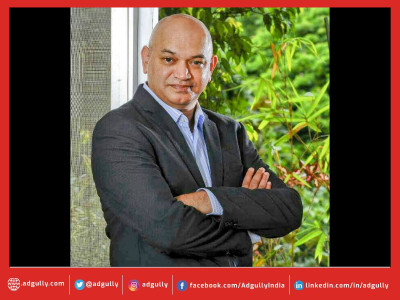
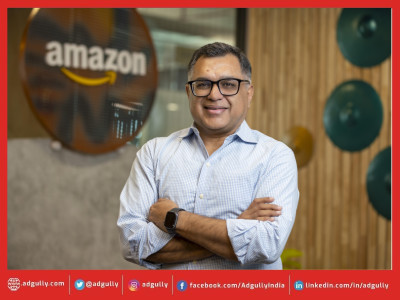

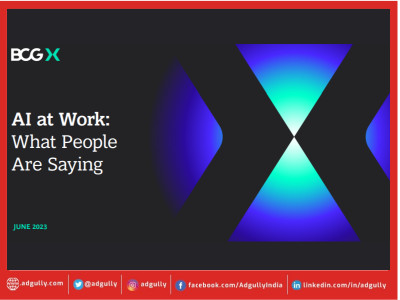
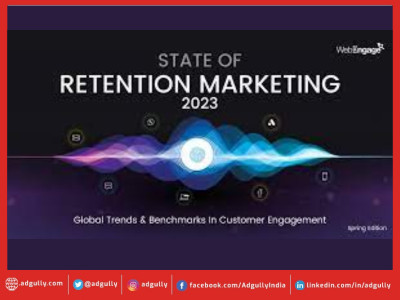



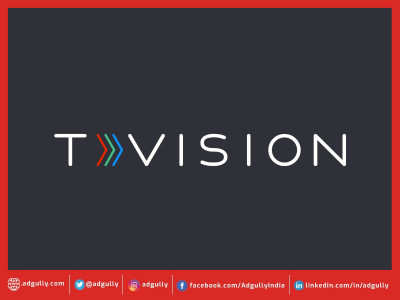



Share
Facebook
YouTube
Tweet
Twitter
LinkedIn